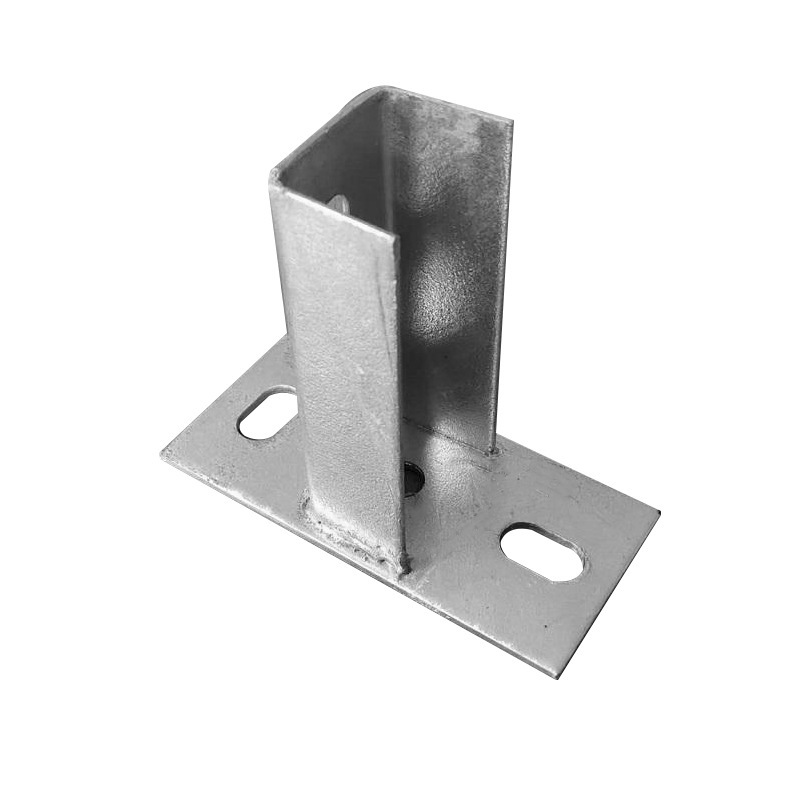

Hexagonal Bolts and Nuts for Secure Fastening Solutions in Various Applications
Dec . 11, 2024 09:44 Back to list
Hexagonal Bolts and Nuts for Secure Fastening Solutions in Various Applications
Hex Bolts and Nuts The Unsung Heroes of Engineering
In the world of mechanical engineering, construction, and DIY projects, certain components play a critical role in ensuring stability and strength. Among these components, hex bolts and nuts stand out as fundamental hardware that is essential for assembling various structures and machinery. These seemingly simple items are the unsung heroes of engineering, providing the necessary fastening solutions required for countless applications.
Hex bolts, as the name implies, are bolts that have a hexagonal (six-sided) head. This design allows for better grip and torque transmission when using a wrench or pliers, making them easier to install and remove than other shapes like round-headed bolts. Typically made from steel or stainless steel, hex bolts come in a variety of sizes, lengths, and grades, determined by their thickness and strength. The systems utilized to classify hex bolts include the American National Standards Institute (ANSI) and the International Organization for Standardization (ISO), which oversee standardization in various countries.
The counterparts of hex bolts are hex nuts, which are equally vital in any assembly. Hex nuts are also hexagonally shaped and are used to secure bolts in place, providing a locking mechanism that ensures the connectivity of components within a structure. By pairing a hex bolt with a corresponding nut, engineers can create a reliable joint that can withstand significant stress and strain. The combination of bolts and nuts not only provides structural integrity but also allows for the disassembly and reassembly of products, which is particularly useful for maintenance and repairs.
hex bolts and nuts

The applications of hex bolts and nuts are virtually limitless. They are commonly found in construction, fastening steel beams, wooden structures, and pre-cast concrete. In the automotive industry, hex bolts secure components in engines, suspension systems, and chassis, providing the necessary strength to keep vehicles operational. Furthermore, in furniture assembly, hex bolts and nuts are often used to create sturdy, flat-pack products that can be easily transported and assembled by consumers.
One of the standout features of hex bolts and nuts is their adaptability to different environments. Available in various coatings and finishes, including zinc-plated, black oxide, and hot-dipped galvanized, they can resist corrosion and wear over time. This versatility makes them suitable for both indoor and outdoor applications, giving engineers and builders confidence that their constructions will endure various weather conditions.
When it comes to installation, using hex bolts and nuts requires some basic principles of mechanics. It’s crucial to ensure that the bolt length is appropriate for the material being fastened, and using a washer can further enhance stability by distributing the load across a larger area. Moreover, applying the correct torque during installation is essential to prevent loosening due to vibration or thermal expansion.
In conclusion, hex bolts and nuts are far more than mere fasteners; they are essential components of modern engineering and construction practices. Their reliability, adaptability, and ease of use make them indispensable in assembling structures and machinery across many industries. As innovations continue to evolve in materials and design processes, the role of hex bolts and nuts will undoubtedly remain significant, supporting the framework of our engineered world. Whether in towering skyscrapers, sophisticated vehicles, or simple home furniture, these small yet mighty components hold the foundation of countless creations, epitomizing the idea that sometimes, the smallest parts can make the biggest impact.
Latest news
-
Premium Fasteners Manufacturer | AI-Driven Solutions
NewsAug.01,2025
-
Hot Dip Galvanized Bolts - Hebei Longze | High Strength, Corrosion Resistance
NewsAug.01,2025
-
High-Strength Hot Dip Galvanized Bolts - LongZe | Corrosion Resistance, Custom Sizes
NewsAug.01,2025
-
Best Self Tapping Screws for Drywall - Fast & Secure Installation
NewsJul.31,2025
-
High-Strength Hot Dip Galvanized Bolts-Hebei Longze|Corrosion Resistance&Customization
NewsJul.31,2025
-
Hot Dip Galvanized Bolts-Hebei Longze Metal Products|Corrosion Resistance&High Strength
NewsJul.31,2025

